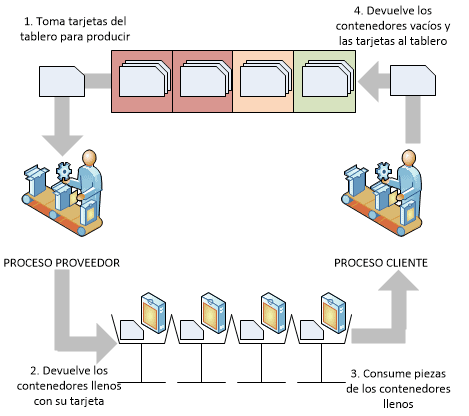The marginal income is an essential concept in theory microeconomic, used to determine the change in total income when the amount of production of a company varies.
This will depend on the volume produced, therefore, on the technology used in the productive process and the quantity of the different inputs.
Advertisements
In microeconomics Marginal revenue is defined as the change in total revenue, which occurs when the quantity produced and sold is increased by one unit.
In this article you will find:
What is meant by marginal revenue?
The marginal revenue is the increase in total revenue from selling an additional unit at the market price, for a company in free competition the marginal income is equal to the price.
Advertisements
Normally the curve of this income turns out to be bell-shaped, as indicated by the law of diminishing returnsTherefore, the more units produced, the lower the marginal revenue must be.
For any company it is more beneficial to have a higher production, even if marginal revenue is being reduced, this until said marginal revenue equals marginal cost.
Advertisements

What is marginal cost?
It is the additional cost that results from producing and marketing an additional unit.
Advertisements
The aforementioned equality between income - cost means that no surplus is being generated, therefore it does not generate or represents benefit, however by producing more units after income equality - cost will only be generating losses.
Although if it is the entry of a company in perfect competition, where producers and consumers have no influence on the price of the good or service the marginal revenue curve results in a horizontal line, given by the inherent price for all lengths of sale.
Advertisements
Marginal revenue formula
Mathematically, the MI function is expressed as a derivative based on total income IT Total Income, with respect to the amount.
A business can calculate marginal revenue simply by dividing the change in total revenue by the number of additional units. Let's see an example:
IM = CHANGE TOTAL INCOME / ADDITIONAL UNITS
For instance:
A shoe company has an income seen from its first pair of shoes that costs 20 euros.
The marginal revenue would then be:
MI = (20 euros in total revenue / 1 unit of product) = 20 euros
If the income of the second pair of shoes is 18 euros, the MI obtained through the production of this would be:
MI = (20 + 18) - 20 euros / 1 additional unit) = 18 euros / 1 additional unit = 18 euros
Through this operation, the company can make a comparison of the amount that each additional unit produced adds to the total income and to the total cost.
In the same way, if the income received by each additional unit is greater than the marginal cost (when measuring the cost variation rate, between the variation of the production), the company understands the need to produce said unit, since otherwise, its profits will be reduced, and the losses.
For a firm in its initial stage of production, generally marginal revenue is often higher than marginal cost, therefore, it may be profitable to continue producing with the same dynamic. However, in subsequent phases in relatively high production, it may happen that marginal costs grow more than marginal revenue, at this time the company must study the situation and avoid production in that line.
Finally, it is important to highlight that this marginal approach is used to optimize profits in the short term or minimize losses, reaching the product level where the MI is equal to the CM, which is the main idea of any company that seeks to maximize its profits.


